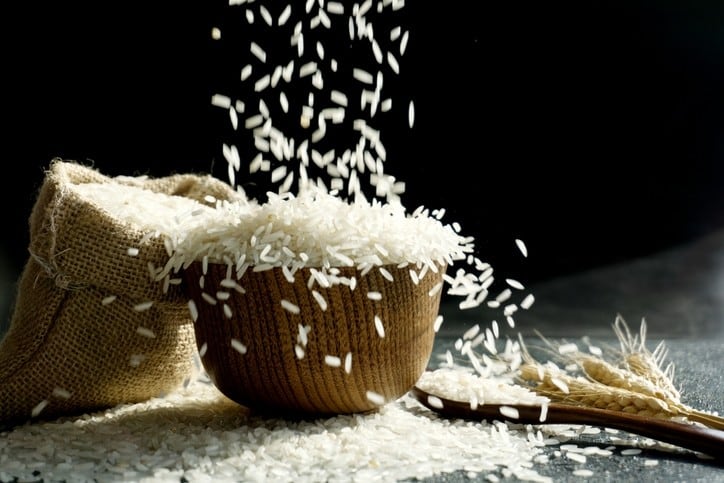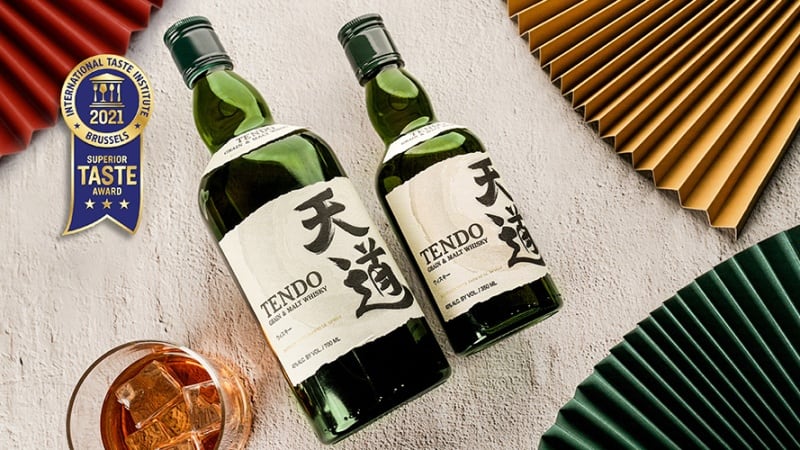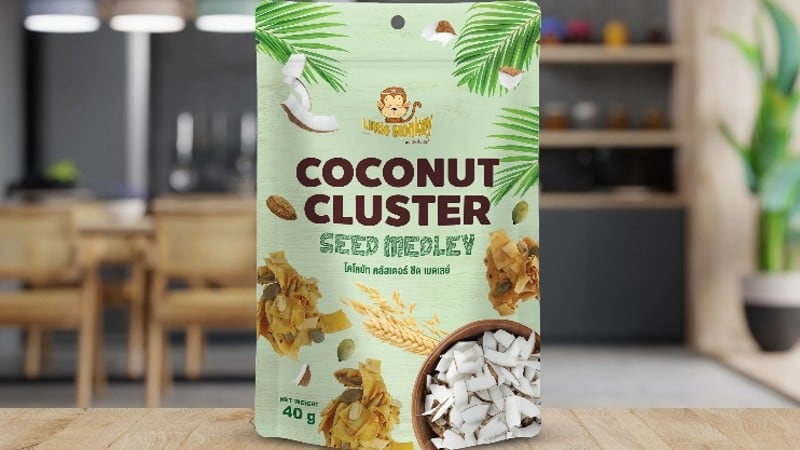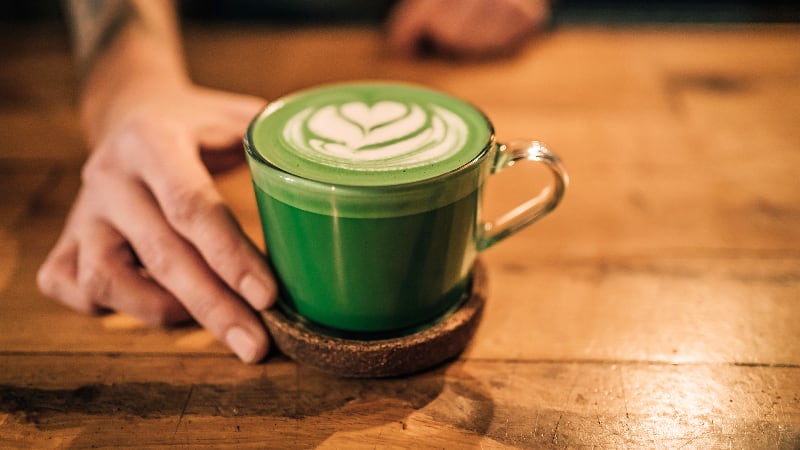Securing global rice supplies is a major challenge, especially with India maintaining its foreign rice exports ban this year.
Vietnam has long been a major rice producing market but has always had trouble moving past third place in terms of global rice exports, usually falling behind India and Thailand.
India makes up around 40% of the total global rice supply in regular times and exported 16.5 million MTs of this last year, followed by Thailand at 8.2 million MTs and Vietnam at 7.6MTs, according to Statista data.
This was despite the ongoing ban that India placed on non-basmati rice exports in July 2023, which has been criticised as ‘irresponsible’ in view of its leading position in the global rice supply chain amid accusations it was motivated by politics rather than food security.
However, in view of this move markets such as Thailand and Vietnam have swooped in to fill the gaps, with the latter in particular managing to boost its production by about 43 million MT last year according to government data, despite climate-related challenges.
Spurred by this growth, Vietnamese Minister of Agriculture and Rural Development (MARD) Le Minh Hoan has highlighted that a government project is ongoing to develop one million more hectares of rice in the Mekong Delta by 2030.
“This rice production project is a major endeavour which aims to develop one million hectares of high-quality, low-emission rice by 2030 [in line with] Prime Minister Pham Minh Chinh’s description of agriculture as a major pillar of Vietnam’s economy,” Le told the floor at a recent high-level meeting.
“This will require Vietnam to mobilise a good deal of resources and technical advancement in order to succeed, and will require strong public-private partnerships to achieve the innovation and developments needed.
“For example, we have the Food Innovation Hub Vietnam (FIHV) established by the World Economic Forum to link domestic innovation networks and international ones, and promote the use of digital technology.
“FIHV will play an important role [alongside] state agencies to help expand scale and accelerate the transformation process of Vietnam's agricultural sector [towards] becoming a green, sustainable, and low-emission agricultural powerhouse.”
The utilisation of digital technologies in rice cultivation is viewed as an important component of the project in order to both reach the one million hectares goal as well as to improve yields and sustainability – this is in line with its longer-term national plan to emerge as one of the region’s most advanced food innovation hubs.
“Vietnam aims to link domestic and cross-border innovation networks [towards] becoming a Food Innovation Hub of Asia,” Le said.
“This is in addition to [advancing] the use of digital technology as well as tap on the achievements of the Fourth Industrial Revolution, in order to develop smart agri-food value chains.”
Rice prices
Rice is the most major staple food for many countries in Asia, and the recent export ban by India raised more than a few eyebrows, especially after prices skyrocketed after the ban and Myanmar opted to follow it and ban its rice exports in August 2023.
The situation is unlikely to change until India's March 2024 elections, as many industry experts believe that the ban was implemented by the government in an attempt to reduce food prices and appease local metropolitan-dwelling middle-class voters.
Although India did make the concession of allowing for exports to continue to markets that had more serious food security challenges – with Singapore being one of them, as well as Bhutan – this has not stopped most markets from scrambling to find other sources of rice to avoid local food security crises.
According to Vietnam export data, its exports rose 35% year-on-year in 2023, with exports to Singapore rising around 40% and to Indonesia over 1000%.
But even with these increases, India remains the largest rice exporter in the world so rice prices have now reached the highest point in Asia in almost 15 years during the global food price crisis back in 2008.
If it continues to maintain this ban for the longer term and other major exporters are unable to increase production quickly enough to make up for the deficit, prices are likely to shoot up. This could have dire consequences for global food security – in direct contravention of India’s promises to address global challenges when it took the G20 presidency last year.





